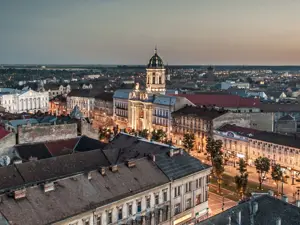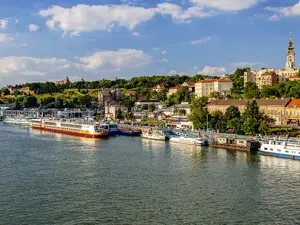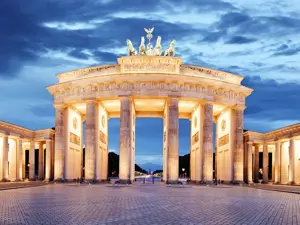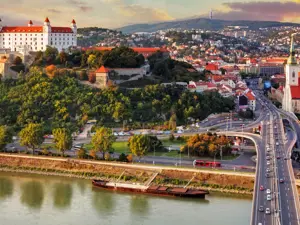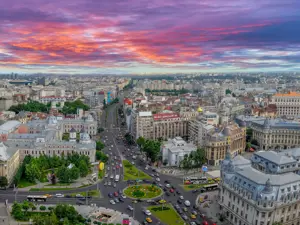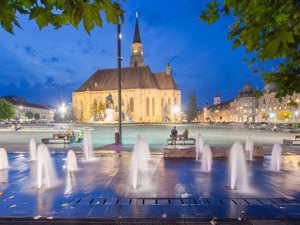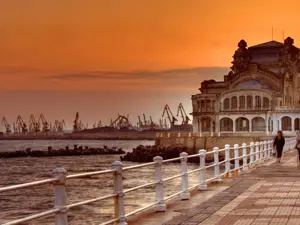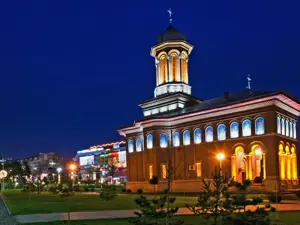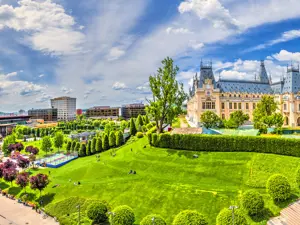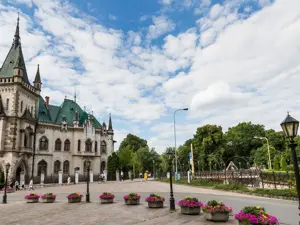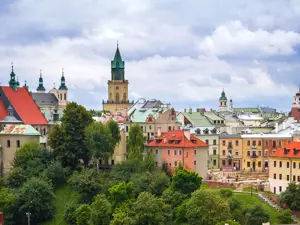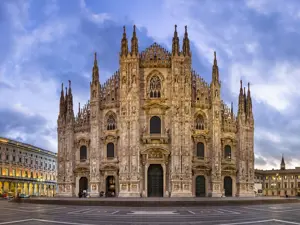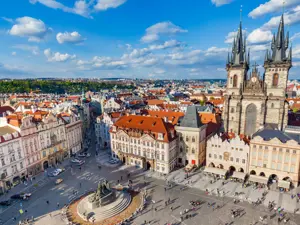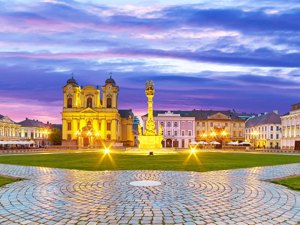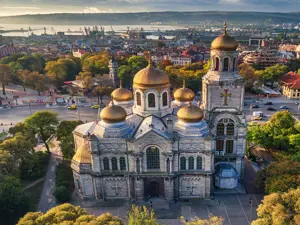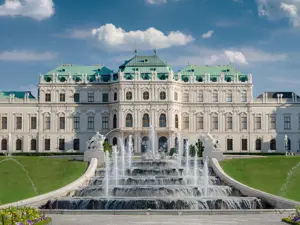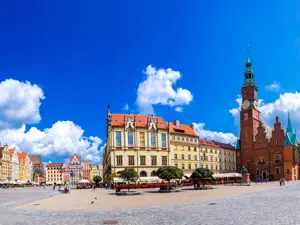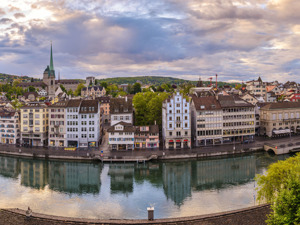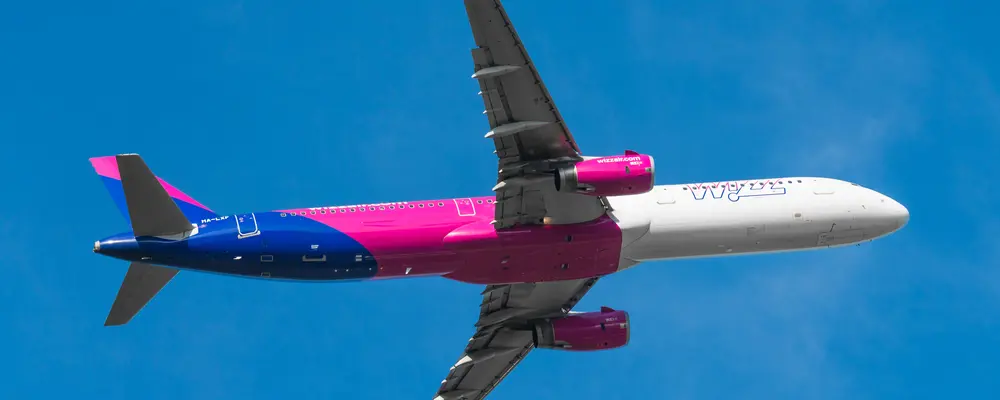The city of miracolous waters
Located north of what is known as the ‘Great Hungarian Plain’, about 50 kilometres from the Romanian border, Debrecen, Hungary’s second most populated city, has many different faces: a place of serene nature with romantic expansive landscapes, a site of important examples of history and culture, and an area with a large number of spas that make use of the almost miraculous waters, which are able to cure various types of ailments and restore health and youth. It is well known that Hungary is one of the richest countries in terms of thermal waters.
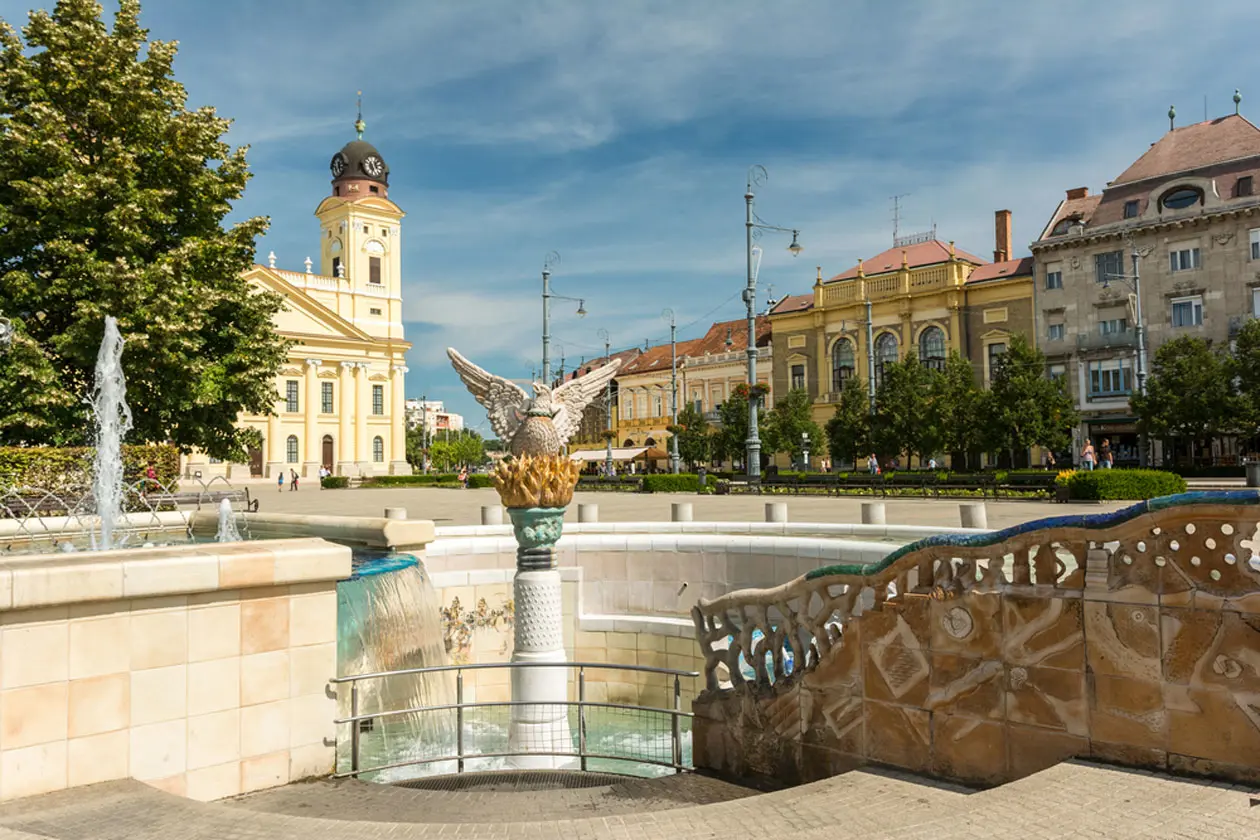
Many centres are located near to Debrecen, such as the Hajdùszoboszlo thermal spa, the largest facility of its kind which stretches over an area of 25 hectares. Problems related to diabetes, osteoporosis, high blood pressure, rheumatisms and dermatitis have been cured with great results in these centres.
Hortobagy National Park of Debrecen
The northern part of the Great Plain is characterised by the ‘puszta’, a steppe whose jewel in the crown is the Hortobagy National Park, which extends for some 70,000 hectares, and where animals typical of this region are bred: grey cattle, racka sheep, horses, buffalo, etc… It is a real paradise for lovers of equestrian sports, who are able to practice cross-country riding in any season.
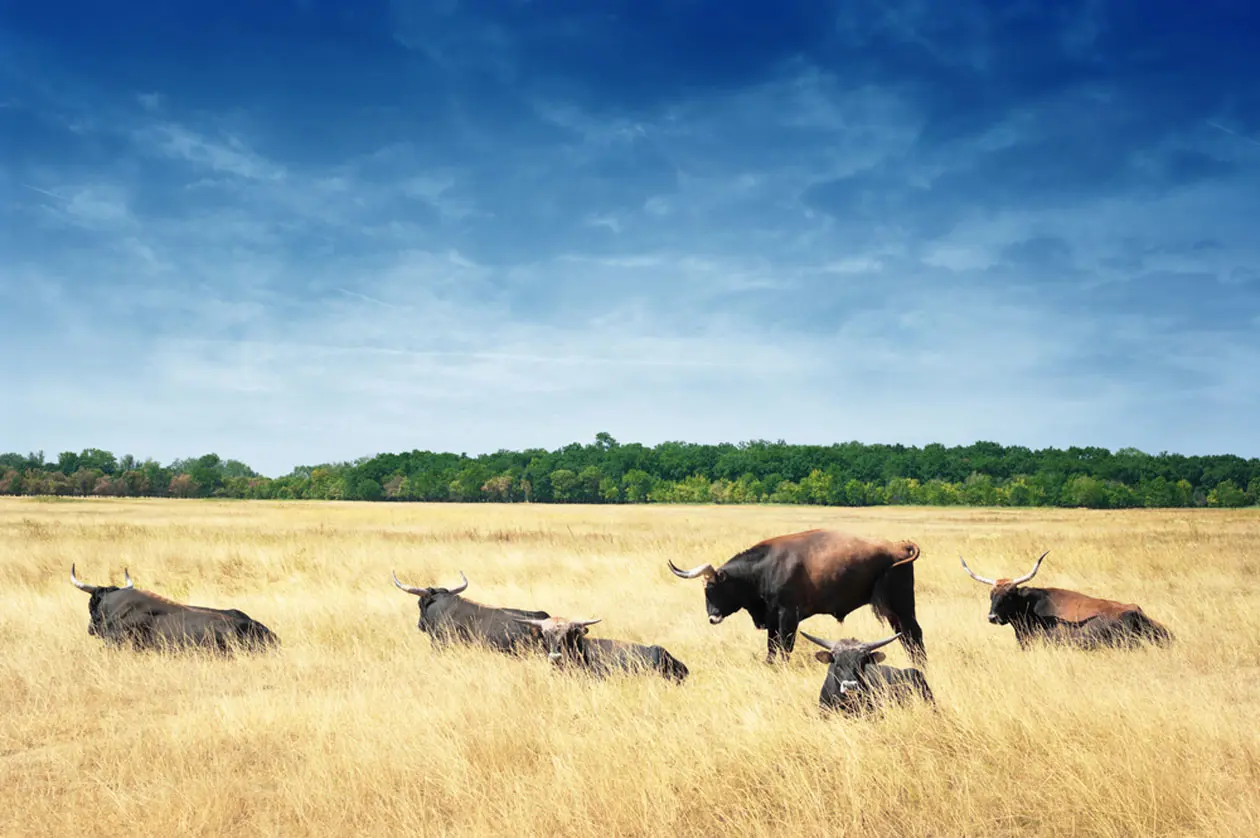
The area is dotted with small charming villages, with examples of folk art (including the incredibly popular multicolour embroidery), rural churches and historic inns.
The city, sitting on this unique plain, also radiates this important history through its many museums and churches, but also on its streets: in fact, Debrecen was nicknamed ‘Calvinist Rome’ in the sixteenth century, for the role it played during the Reformation, it is home to the largest Protestant church in the entire country, which is also a symbol of the city.
The city, sitting on this unique plain, also radiates this important history through its many museums and churches, but also on its streets: in fact, Debrecen was nicknamed ‘Calvinist Rome’ in the sixteenth century, for the role it played during the Reformation, it is home to the largest Protestant church in the entire country, which is also a symbol of the city.

But there are many places of worship that deserve a visit, such as the Synagogue, the Greek Orthodox Church, as well as the Cathedral of St. Anne and the Red Church. The Déri Museum is also interesting, named after its main donor Frigyes Déri, a Hungarian textile manufacturer and collector, which contains an exhibit dedicated to the Far East, and a rich section on wildlife and nature.
The important hub for scholars at Debrecen
This Hungarian city is an important hub for scholars, and has been since the medieval times, but it was also at the centre of the Hungarian War of Independence from the Austro-Hungarian Empire from 1849 to 1849. Located in the church, which was also visited by Pope John Paul in 1991, is an armchair, a relic of sorts of the politician Lajos Kossuth, a politician who contributed greatly to the fight for independence, and a memory of the dethronement of the House of Habsburg in 1849. The Reformed Theological University is also not to be missed. This elegant neoclassical building houses a museum that is filled with religious objects, Hungarian jewellery, embroidered tablecloths, painted furniture, and an enormous library.
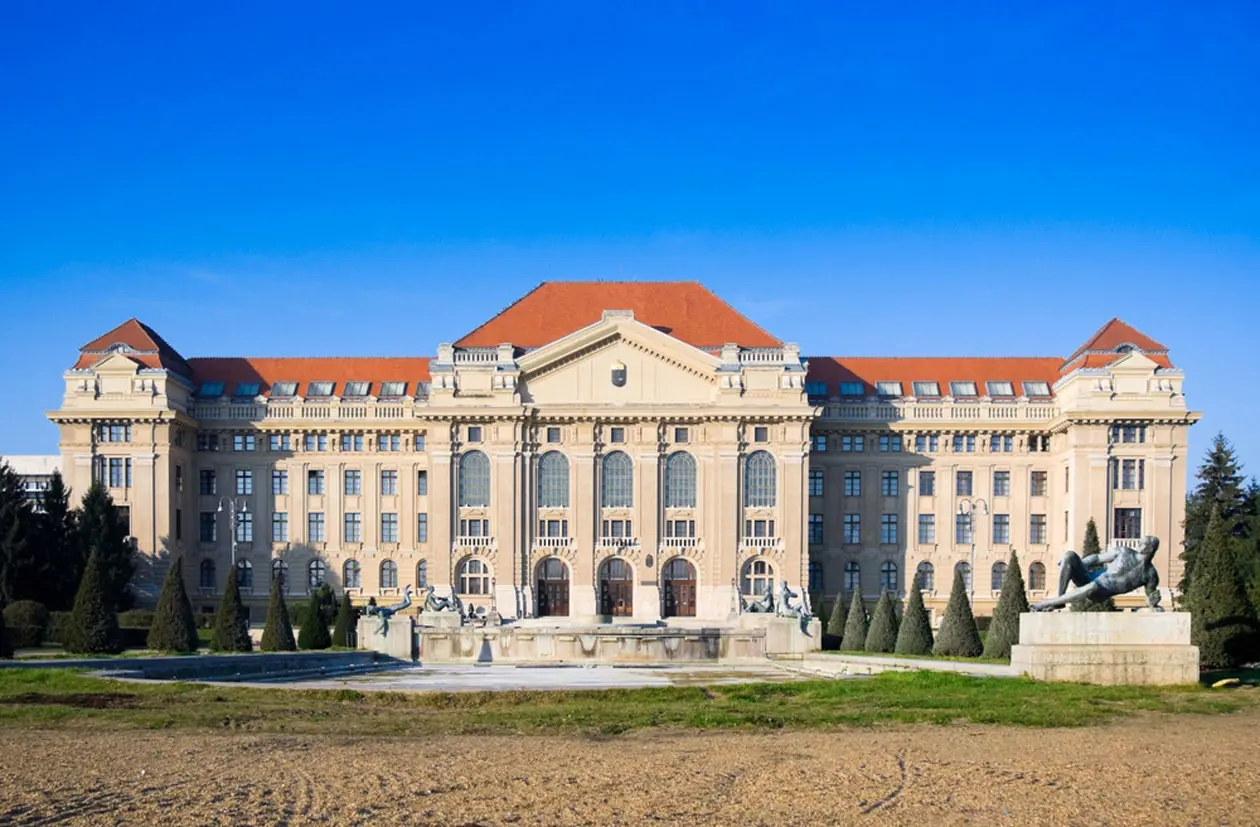
A liberal and welcoming city, every year Debrecen welcomes thousands of tourists thanks to the warmth of its people, its outstanding cuisine, but also its affordable wellbeing, which is supported by the high level of professionalism of its numerous employees.

Typical dishes of Debrecen
The local cuisine is delicious and is faithful to ancient traditions even in its preparation: goulash, which is still cooked in enormous pots,meatballs and meats seasoned with paprika, and imaginative soups with meat or vegetables, which are often dominated by the strong flavour of chili pepper, a typical ingredient of the area, to which an entire museum has been dedicated. To dampen the heat of this delicious cuisine, one should enjoy a good glass of Tokai, produced by many wineries in the area, ‘The Wine of Kings’ as it was dubbed by the Sun King.
It is a place that is also recommended for families because, for example, within the Nagyerdo Spa there is also a zoo, a theme park and a botanical garden, a real attraction for the little ones.
Texts by Anna Glik
Update by Alisè Vitri
Avion Tourism Magazine
Photos: Copyright © Sisterscom.com / Shutterstock
Photos: Copyright © Sisterscom.com / Shutterstock
All rights reserved
Tourist Offices
www.gotohungary.com
www.tourinform.hu
Partnership with Booking.com
Where to sleep in Debrecen
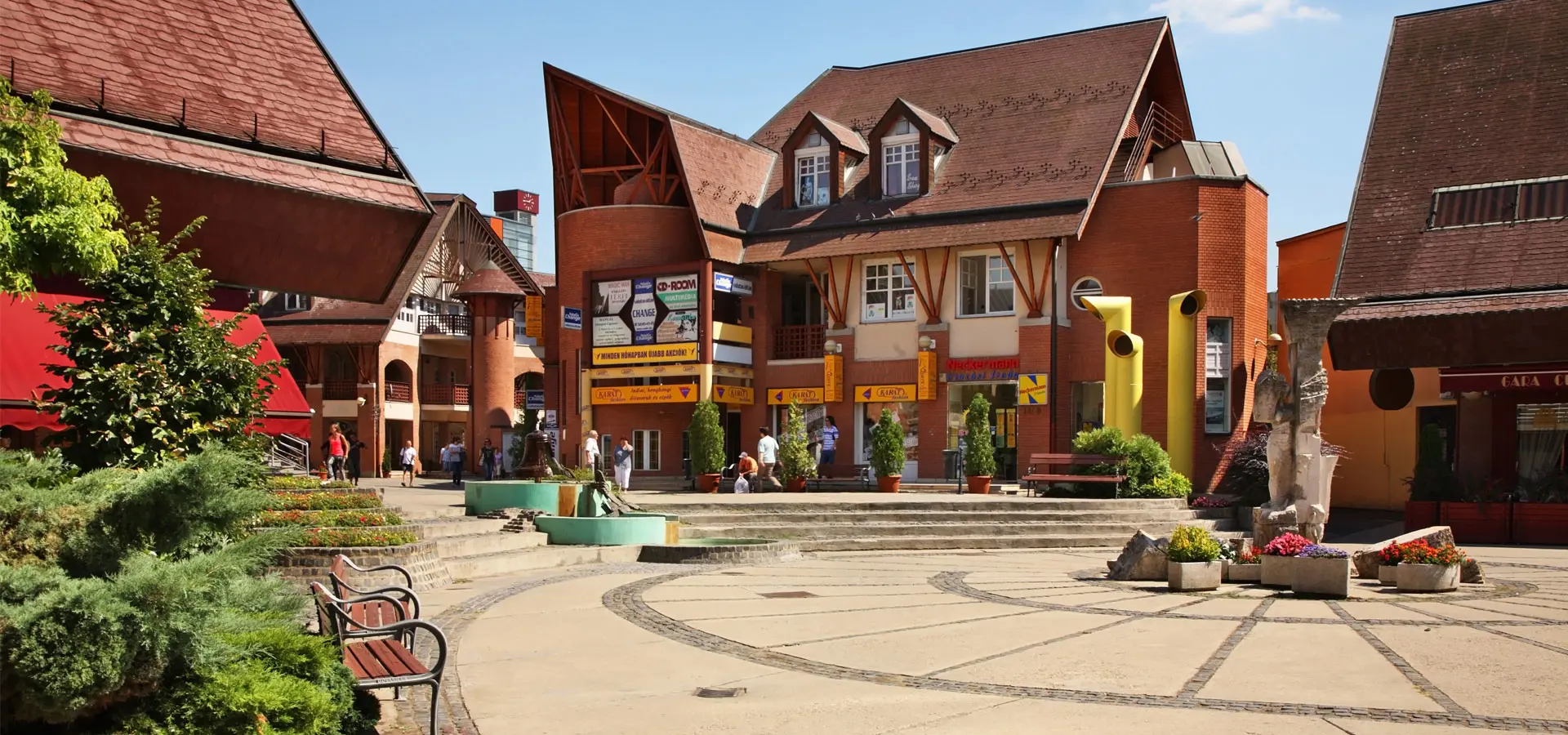
Debrecen is a welcoming city and offers different possibilities for accommodation.
To find the ideal hotel and the best offers you can do a search for the stars but also for districts or landmarks.
AIRPORT
Hotels near the airport
WHERE TO GO in debrecen
Monuments of Debrecen
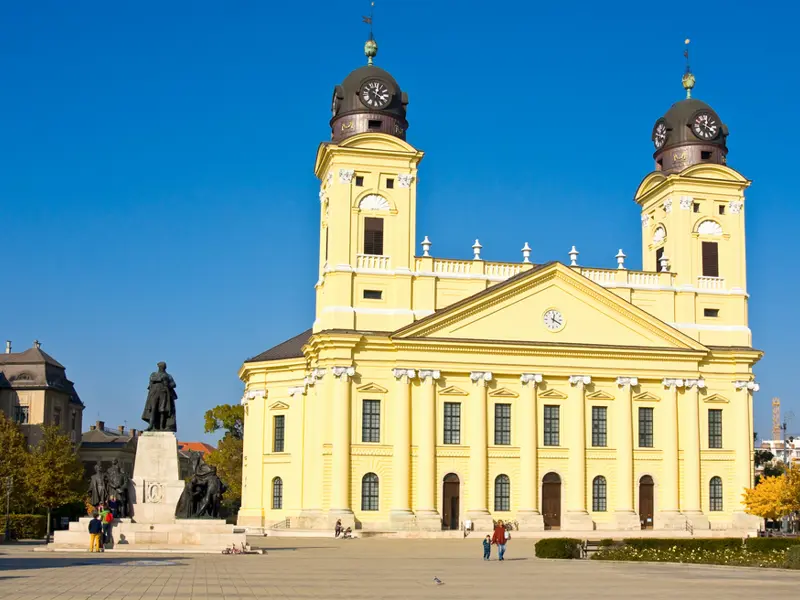
PROTESTANT CHURCH OF DEBRECEN
The country’s largest protestant church, with 3,000 seats, is located on the city’s main road. Here organ concerts and their rehearsals are held. The armchair relic of Lajos Kossuth, who is considered a national hero for his contributions to Hungary’s independence from the Habsburg Empire, is housed here. The tower can be climbed for a view of the city from above.
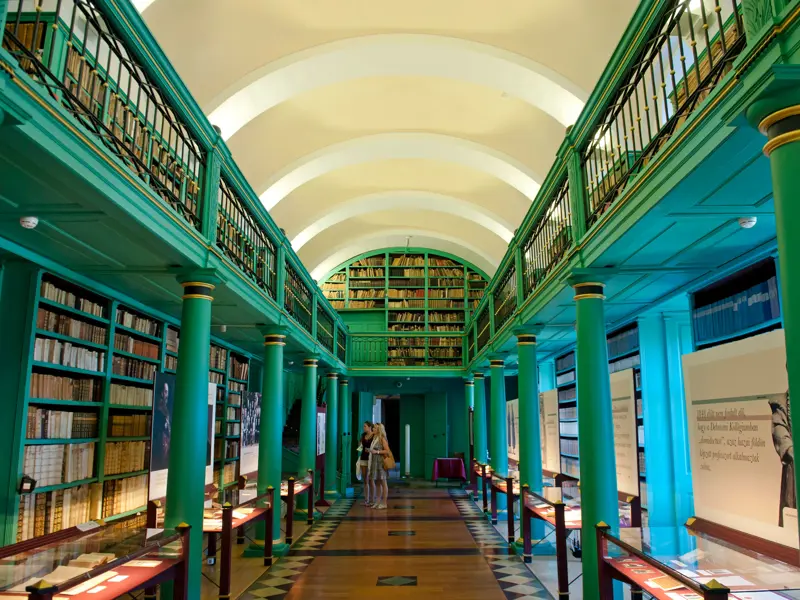
REFORMED THEOLOGICAL UNIVERSITY OF DEBRECEN
Founded in 1538 as the School of the city, it welcomed students who went on to become well known personalities. It houses scientific resources of immense value: the Great Library, rich with over 500,000 volumes, and the Archive of the Ecclesiastical District, to which the completely unique Museum of the History of the School and Religious Art, was added in 1967.
Museums of Debrecen
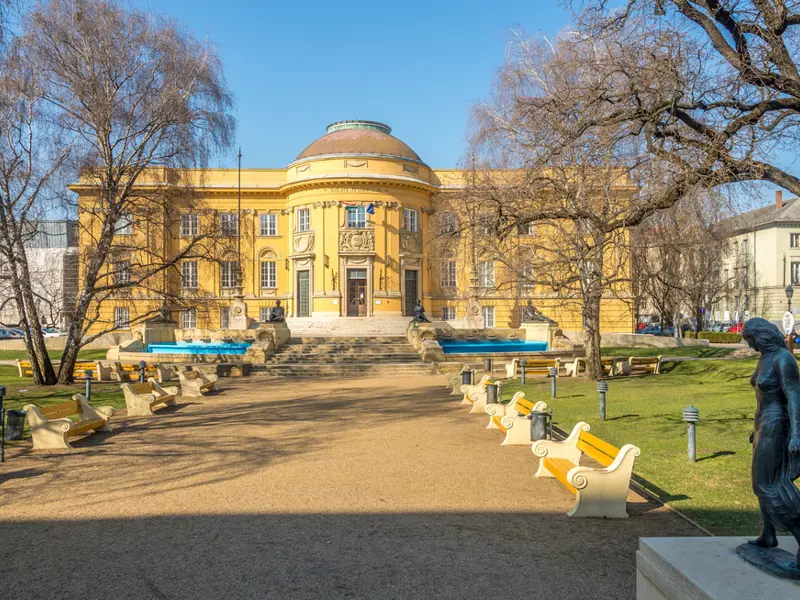
DÉRI MUSEUM
This museum was built in 1928 with materials from the City Museum and donations from Frigyes Déri, a generous entrepreneur. The archaeological finds of the city and its surroundings are exhibited, as well as more than 500 classic and Egyptian pieces, such as stelae, sarcophagi, scarabs and everyday objects. It also houses the Trilogy of the Passion of Christ by the Hungarian painter Mihaly Munkácsy.
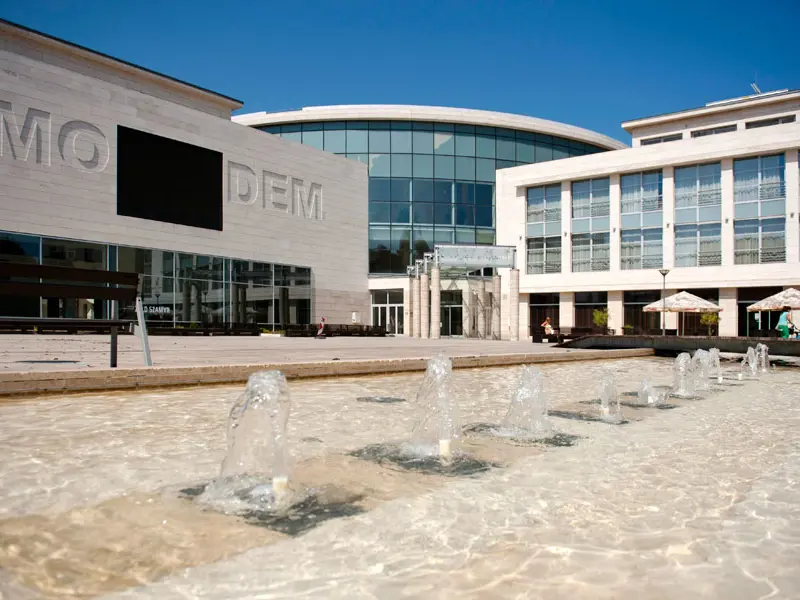
MODEM MUSEUM
The MODEM Center for Modern and Contemporary Art is a cultural institution with the exhibition of the most significant works of Hungarian and international art of the 20th century. Thematic exhibitions range from visual art to architecture and the social sciences.
Excursions in Debrecen and surroundings
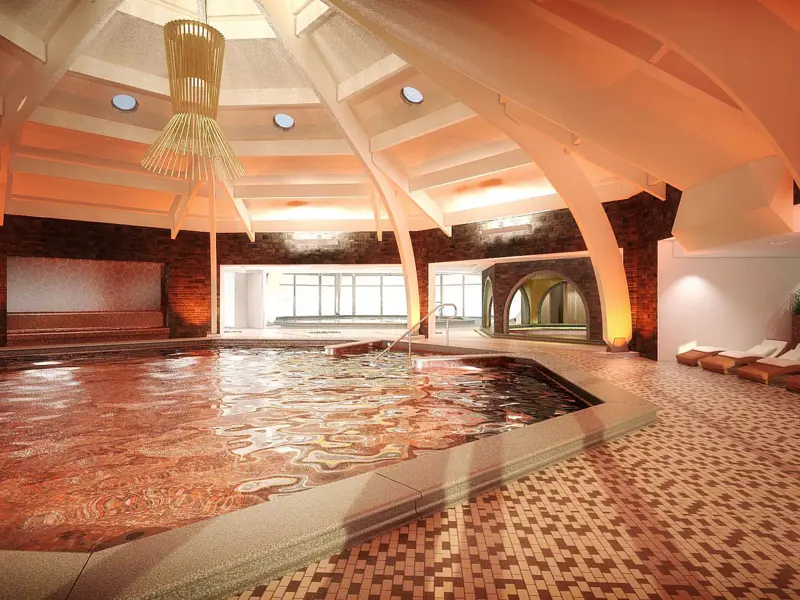
HAJDÚSZOBOSZLÓ TERMAL SPA
The Hajdúszoboszló Thermal Spa extends over an area of over 25 hectares, and for 75 years it has been a Mecca for patients suffering from rheumatism. There is a real physical and spiritual pleasure that comes from immersing yourself in one of the many pools, which together cover an area of over 10,000 square metres.
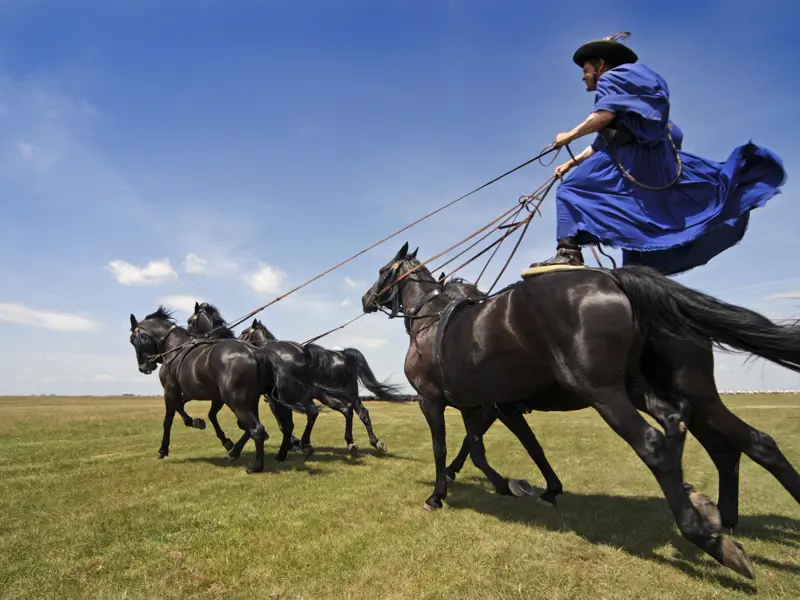
HORTOBÁGY NATIONAL PARK
A variety of animals can be admired whilst walking, cycling and horse riding in Hortobágy National Park. There are hundreds of protected species of birds, and it has been declared a ‘Biosphere Reserve” by the United Nations, as well as a ‘World Heritage Site’ by UNESCO in 1999.
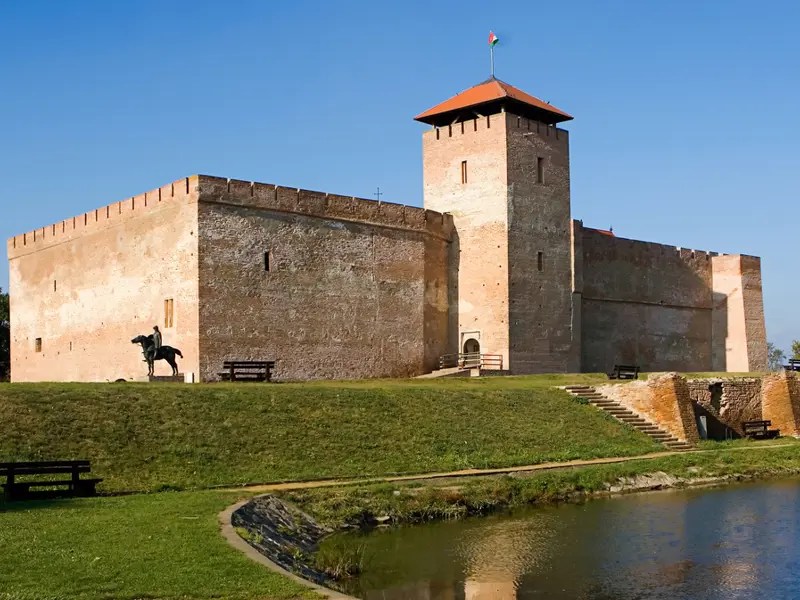
GYULA
In the city of Gyula one can visit the fifteenth-century Renaissance castle, where in summer theatre performances are held. The largest and most modern spa complex in Hungary is found in the gardens of the castle: the Castle Spa, featuring 9 open-air and 11 undercover swimming pools with bicarbonate water that flows from a depth of 2,000 metres at a temperature of 72°C.
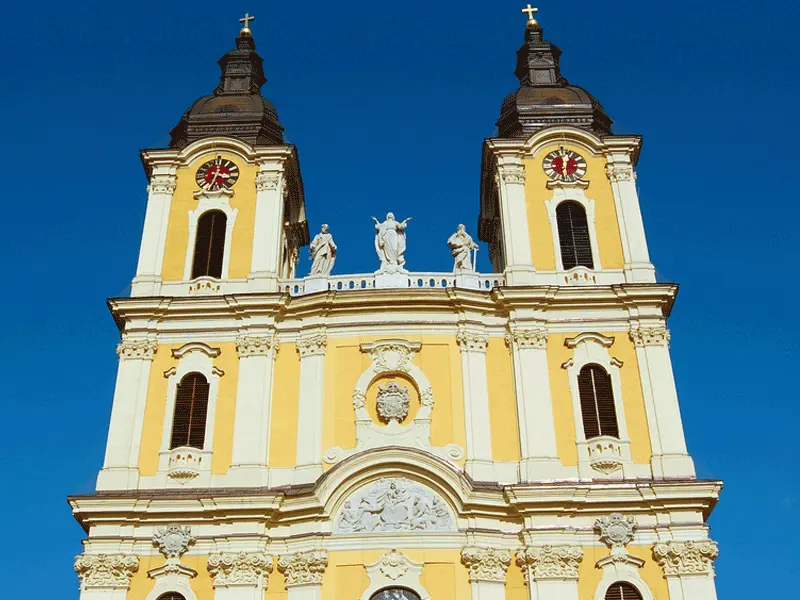
KALOCSA
Kalocsa, with its walled terraces painted with flowers, is the hometown of brightly coloured filigree and is also where the inhabitants still wear traditional costumes. In the “house of folk traditions”, embroidery from the past 200 years is on display. In addition, the Paprika Museum is not to be missed.
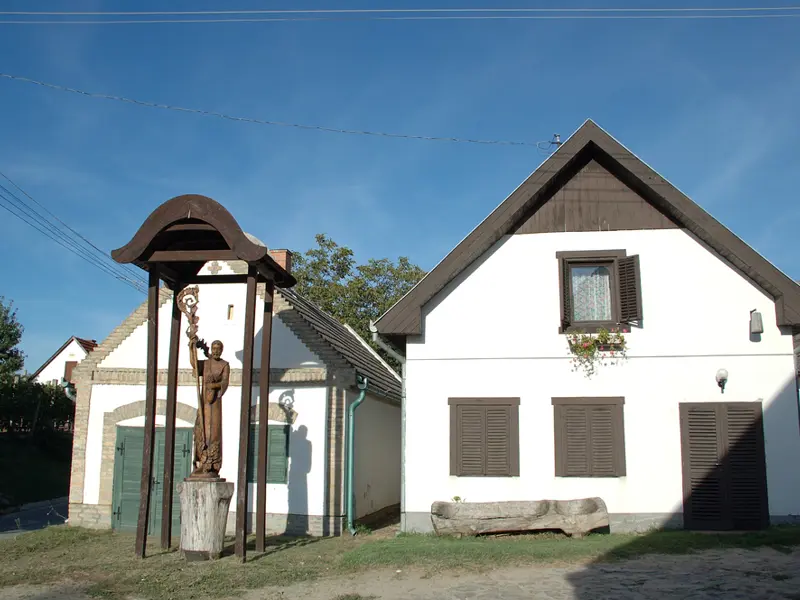
HAJÓS
Hajós is the village of wine cellars, with 1,200 grape crushers, where excellent wine is produced and sold. It is located on a plateau between the rivers Danube and Tisza, which is also known as the Great Plain.
Partnership with GetYourGuide
All tours and excursions
You might be interested in
Destinations found in the vicinity
Other destinations
Airports nearby Debrecen




